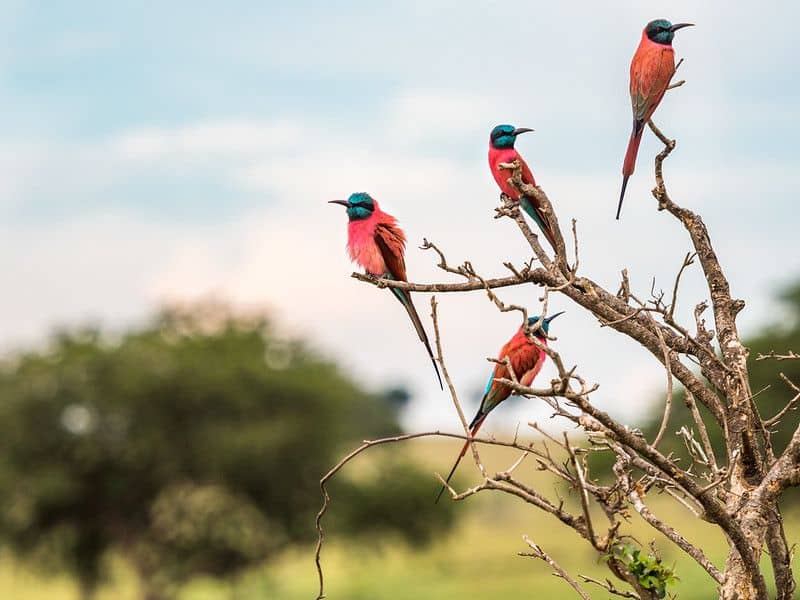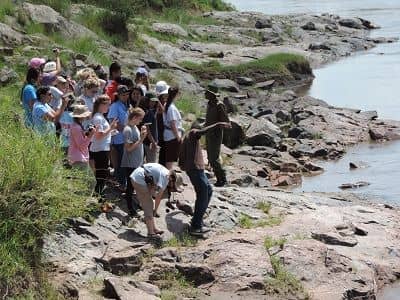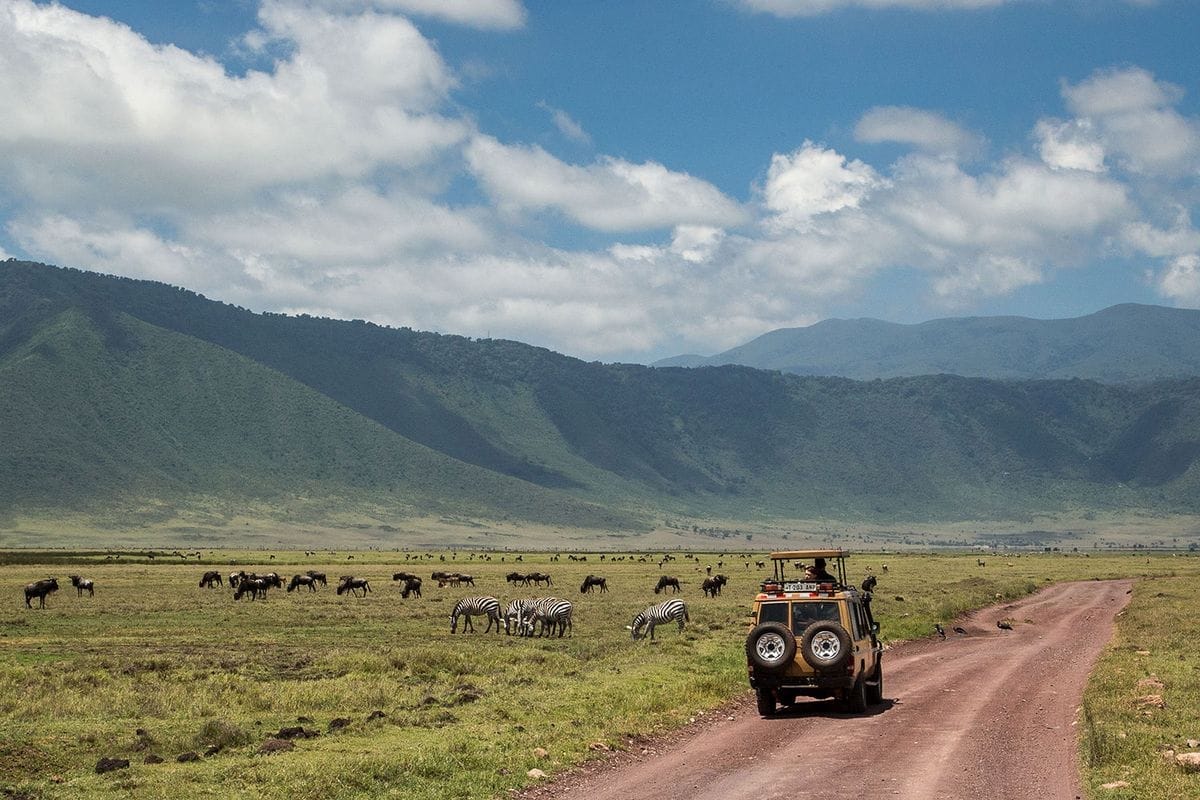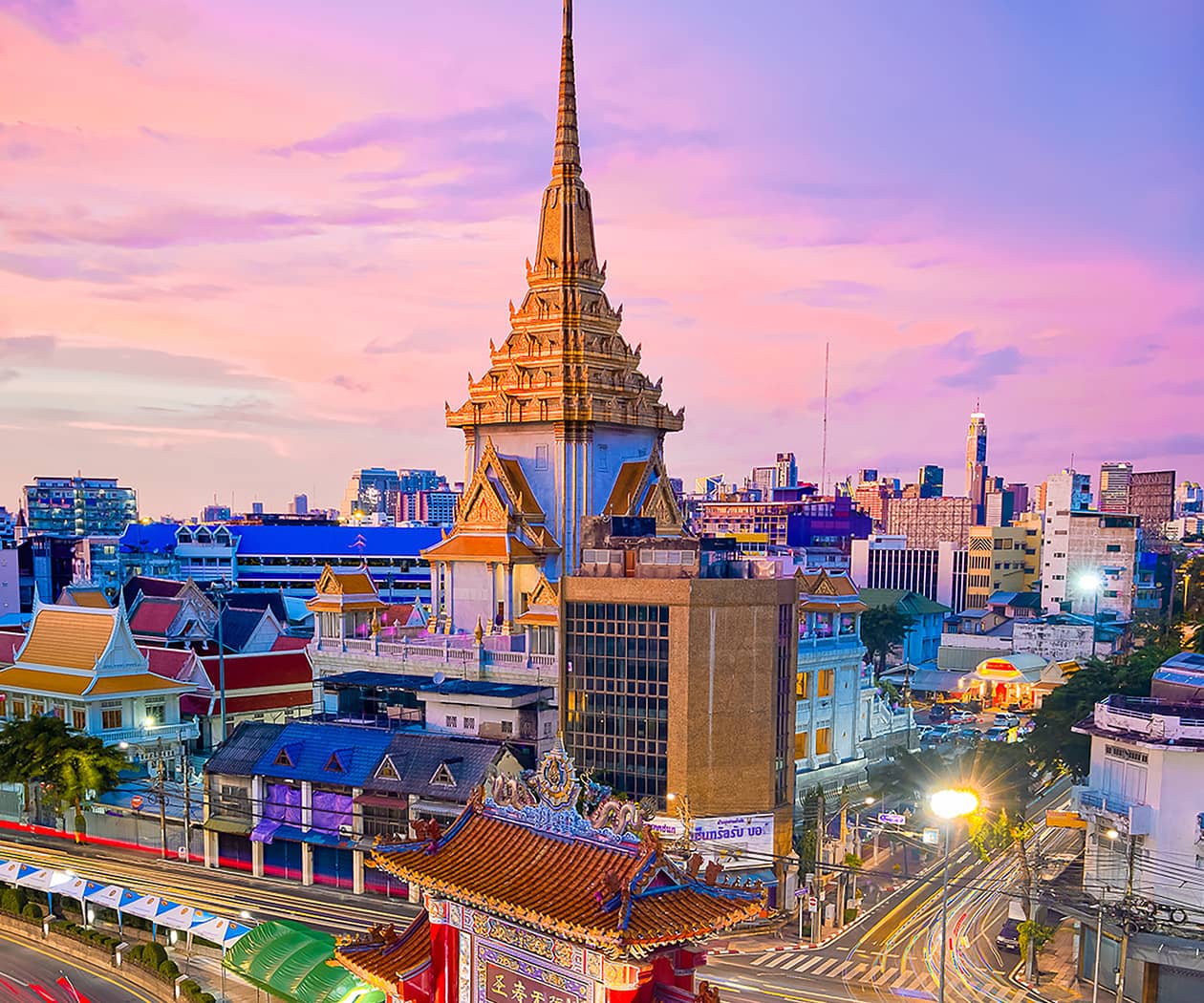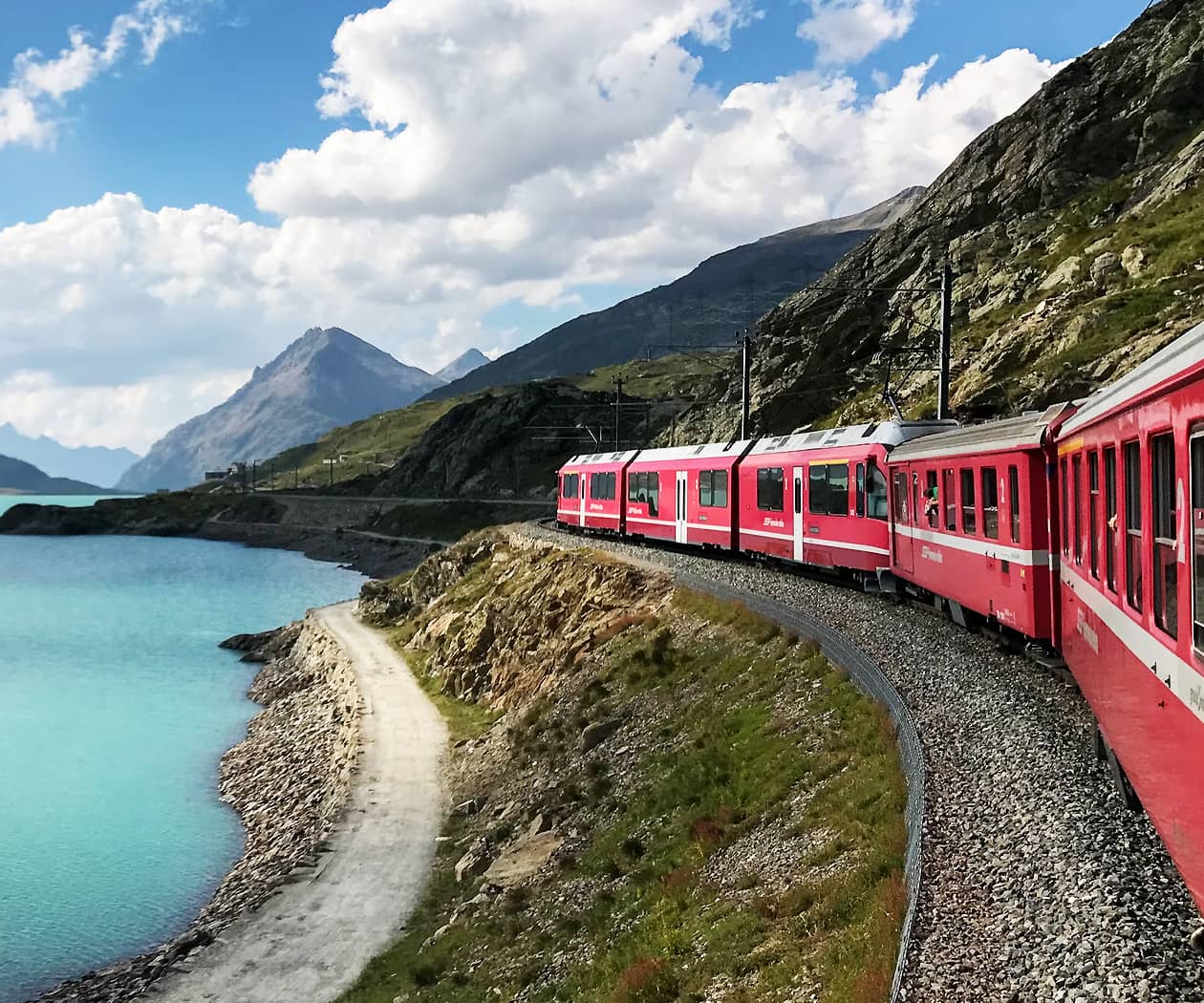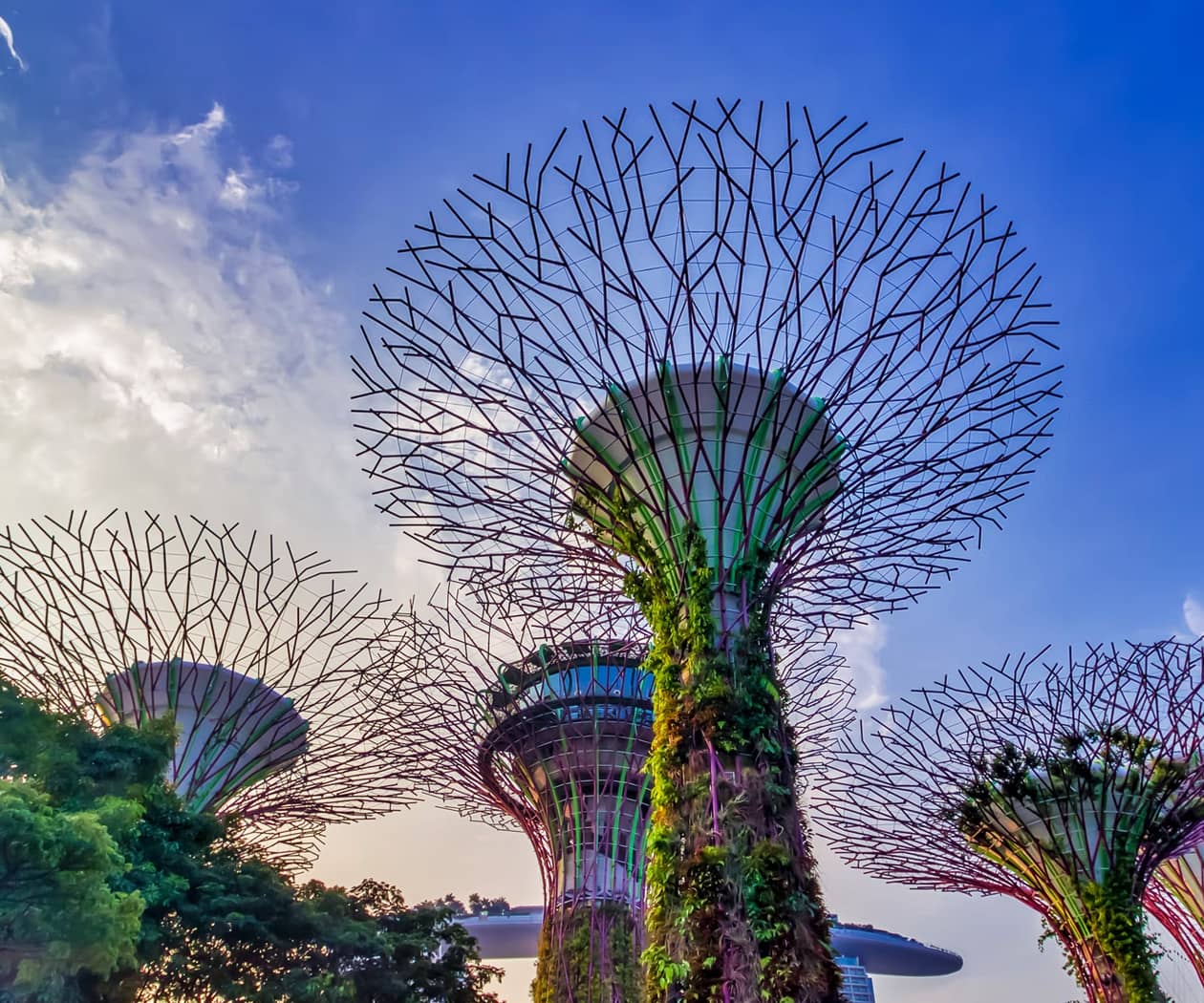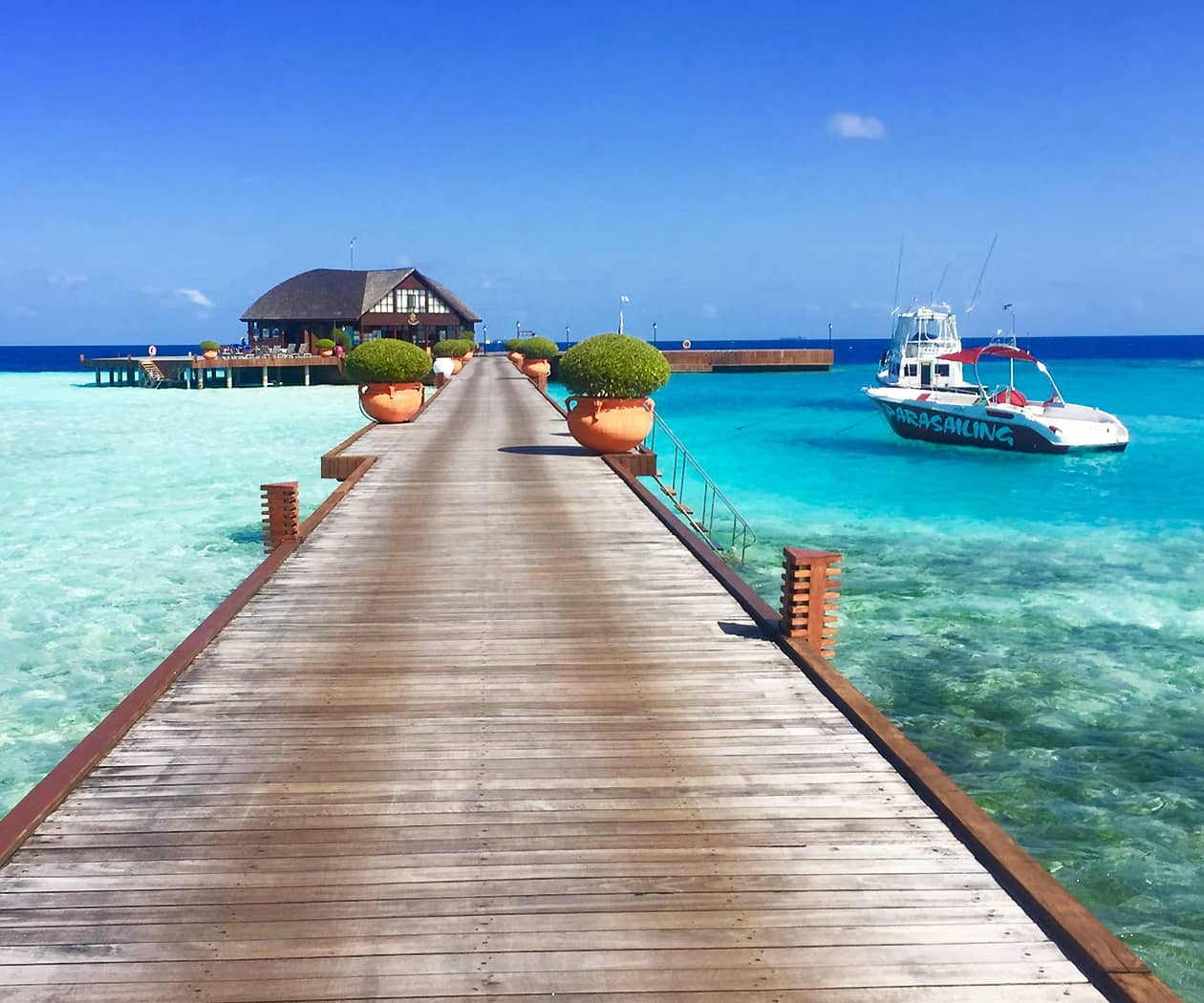Gorilla Tracking in Africa
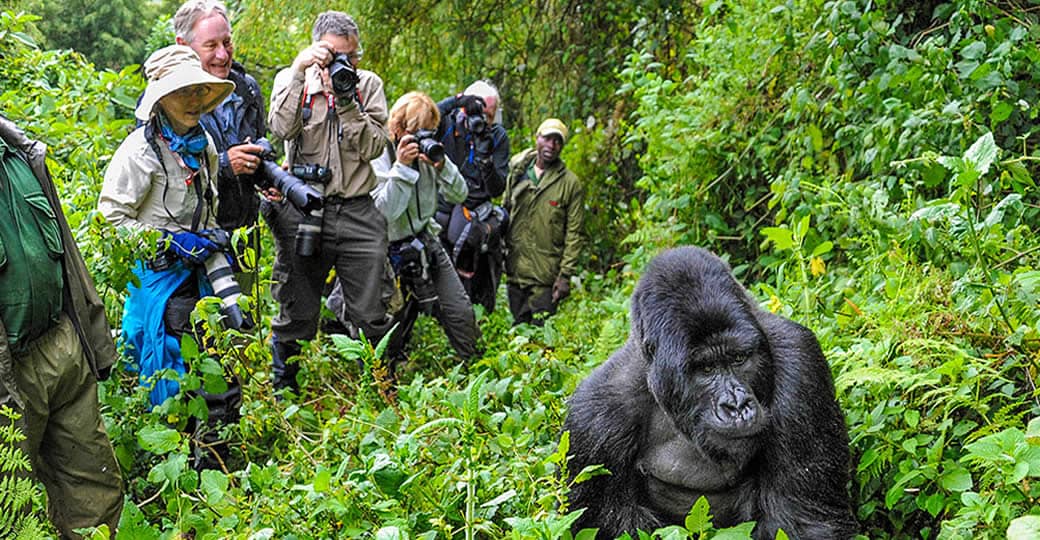
Gorilla tracking stands as one of the most extraordinary wildlife encounters our planet has to offer. This immersive experience takes adventurous travelers deep into the lush rainforests of Central and East Africa, where they can observe mountain gorillas in their natural habitat. Unlike any zoo visit or documentary, gorilla tracking offers a rare opportunity to witness these magnificent creatures going about their daily lives – feeding, playing, and nurturing their young in the wild. The experience combines adventure, conservation, and profound wildlife connection in ways that few other activities can match.
Best Destinations for Gorilla Tracking
Bwindi Impenetrable National Park, Uganda

Bwindi Impenetrable National Park in Uganda is arguably the world’s premier gorilla tracking destination. Home to nearly half of the remaining mountain gorilla population, this UNESCO World Heritage Site offers visitors an unparalleled jungle experience. The park’s name “Impenetrable” hints at the dense vegetation that creates a magical setting for encounters with habituated gorilla families.
Volcanoes National Park, Rwanda
Rwanda’s Volcanoes National Park provides perhaps the most accessible gorilla tracking experience in Africa. Made famous by Dian Fossey’s research, this park features well-maintained trails through bamboo forests and volcanic landscapes. The shorter trekking distances compared to other locations make it ideal for travelers who want the gorilla tracking experience with slightly less physical demand.
What to Expect During Your Gorilla Trek
The Trekking Experience
The gorilla tracking adventure typically begins at dawn with a briefing from park rangers. Visitors then hike through varied terrain – from gentle slopes to challenging muddy trails – accompanied by trackers who follow fresh gorilla signs. The duration can range from 30 minutes to several hours depending on the gorillas’ location, with each step bringing you closer to an unforgettable wildlife encounter.
The Gorilla Encounter
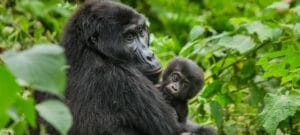
When you finally locate a gorilla family, you’ll have exactly one hour to observe them. This carefully regulated timeframe minimizes disturbance while allowing for meaningful observation. You might witness silverbacks feeding, mothers nurturing infants, or juveniles playing – all from a safe distance of about 7 meters. The experience is both exhilarating and humbling, creating memories that last a lifetime.
Essential Preparation for Gorilla Tracking
Physical Preparation
The activity requires moderate physical fitness as it involves hiking at altitude through sometimes challenging terrain. Preparing with regular walks or hikes before your trip will significantly enhance your experience. The altitude in these rainforests ranges from 1,500 to 2,500 meters, so acclimatization is important for some visitors.
What to Pack
Essential items include sturdy waterproof hiking boots, long-sleeved clothing (preferably in neutral colors), gardening gloves for gripping vegetation, and rain gear. A good camera without flash is crucial, as is packing light but including necessary medications. Remember that porters are available to help carry your gear during the trek.
Conservation and Ethical Considerations
The Importance of Sustainable Tourism
Gorilla tracking plays a vital role in conservation efforts. The permit system ensures limited numbers of visitors while generating crucial funds for protection programs. These funds support anti-poaching patrols, veterinary care for gorillas, and community development projects that reduce human pressure on gorilla habitats.
Responsible Visitor Guidelines
Strict rules govern gorilla tracking to protect both animals and visitors. These include maintaining distance, avoiding direct eye contact, not eating near the gorillas, and staying with your guide at all times. Visitors with communicable illnesses are prohibited from tracking to prevent disease transmission to these vulnerable primates.
Planning Your Gorilla Tracking Adventure
When to Go
The best time for gorilla tracking is during the drier months from June to September and December to February. However, tracking operates year-round, and the rainy season offers its own atmospheric advantages with fewer crowds and lush vegetation.
Permit Information
Gorilla tracking permits must be secured well in advance – ideally 6-12 months before your trip. Prices vary by country, with Uganda offering the most affordable permits at $800, 1,500, and DRC at $400. These permits are non-refundable and should be booked through official channels or reputable tour operators.
Why Gorilla Tracking is Worth the Effort
Beyond the obvious thrill of wildlife observation, gorilla tracking offers profound personal rewards. Many visitors describe it as a transformative experience that deepens their connection to nature and understanding of conservation. The opportunity to contribute directly to the protection of these endangered primates adds meaningful purpose to your adventure.
The combination of physical challenge, breathtaking natural beauty, and intimate wildlife encounters makes gorilla tracking one of the world’s most rewarding travel experiences. As you hear the gorillas’ deep vocalizations, watch their human-like expressions, and observe their complex social interactions, you’ll understand why this experience is considered life-changing by so many who undertake it.
